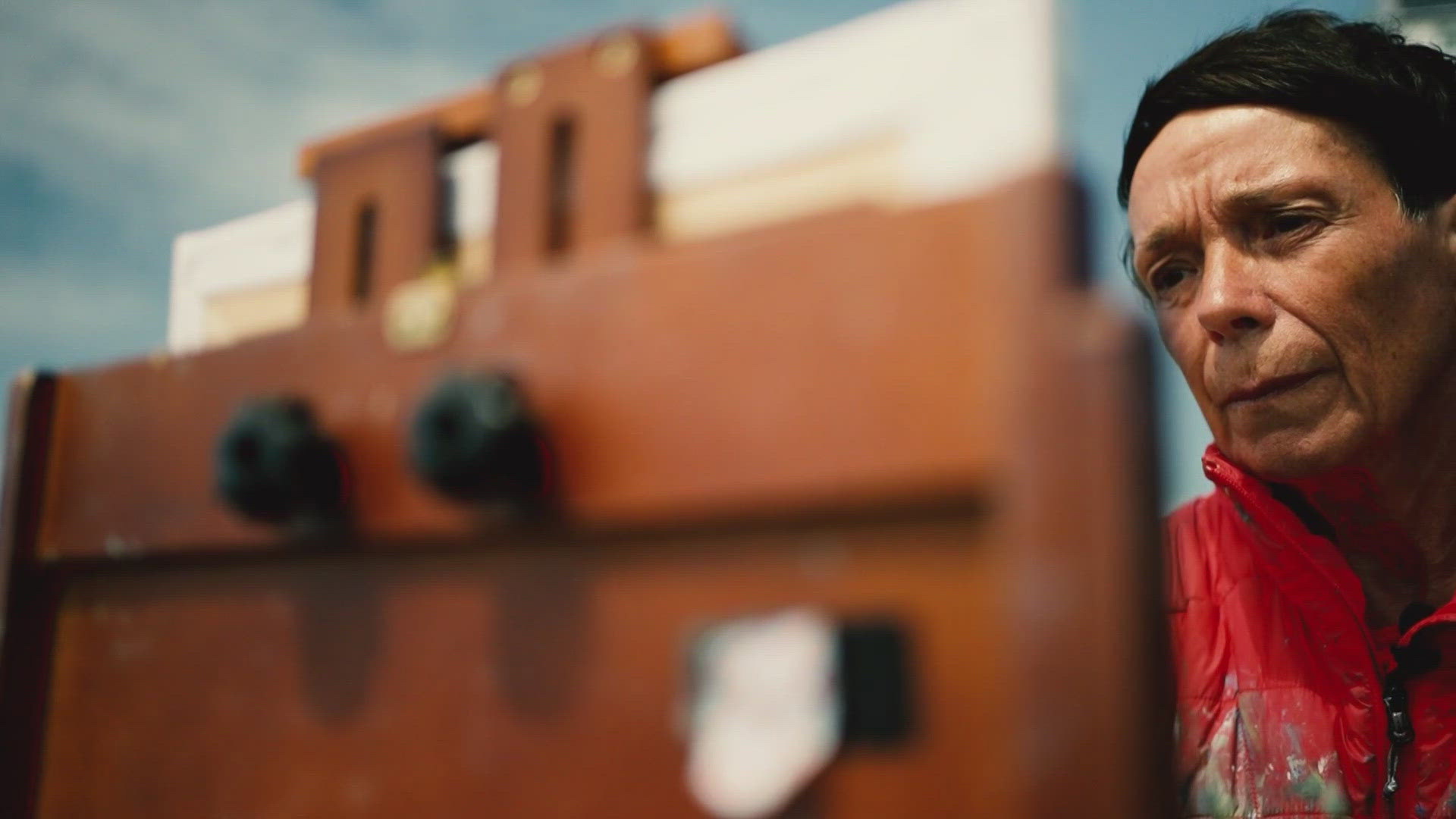PARIS, France — Claude Monet created some of the most famous paintings of the Impressionist movement in the late 19th century.
"Impressionists were the first to go outside to paint. They came out of their workshops and went to work outside. They threw away the rulebooks. It was a revolution for art," Sophie Justet said.
Some of the painters in the Impressionist era spent time creating artwork featuring stunning cliffs and beautiful beaches.
"Normandy is the birthplace of Impressionism," Justet said. "It's the first place in France where artists started working outside and doing impressionistic paintings."
The landscapes that inspired Monet still provide inspiration for a woman who taught herself to paint.

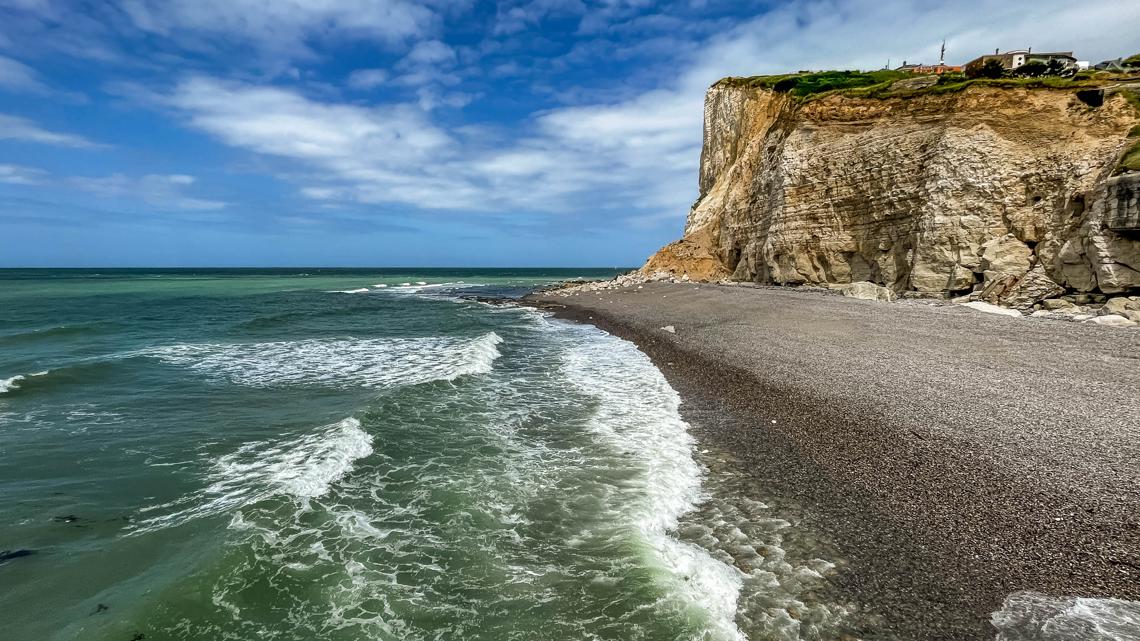
Justet is an artist who was born in Fecamp. She lives in Normandy. Her studio is filled with 30 years of her paintings featuring some of the most picturesque views in France.
"When I arrive here, I always tell myself I'm on top of the world. Here, I discover my city with another angle and the light on the cliffs and the sea," Justet said.
Justet now teaches an art class in Fecamp called Paint Like Monet.
"The main emphasis in this lesson is when I take my students outside, I teach them about colors and light," Justet said.

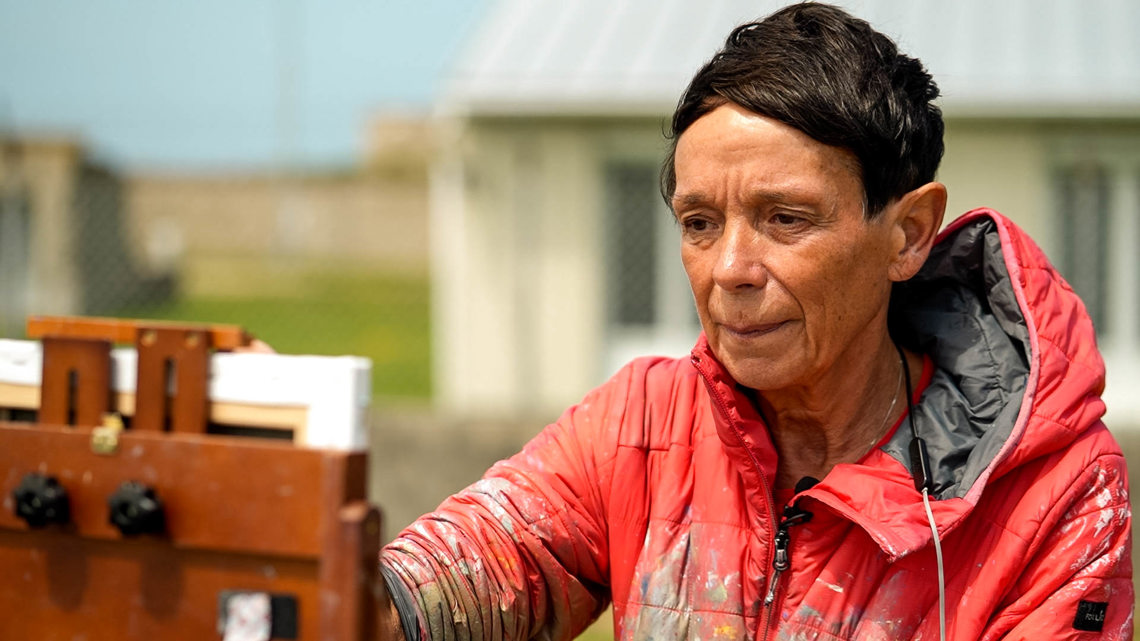
Justet brings students to the beach or the cliffs of the Alabaster Coast to practice their craft. Justet's sister is one of her students.
"I was born in Fecamp. My roots are here," said Andreiu said. "Sophie's is my sister. I spent 42 years away from the place. So, coming back to Fecamp and doing this type of painting, painting the sea, painting the cliffs, it's like returning to my origins and going home."
"Impressionist painting is a real discovery for me. I started out on watercolor paints. Sophie suggested that I try impressionist painting, and I think I've fallen in love with it," Andreiu said.

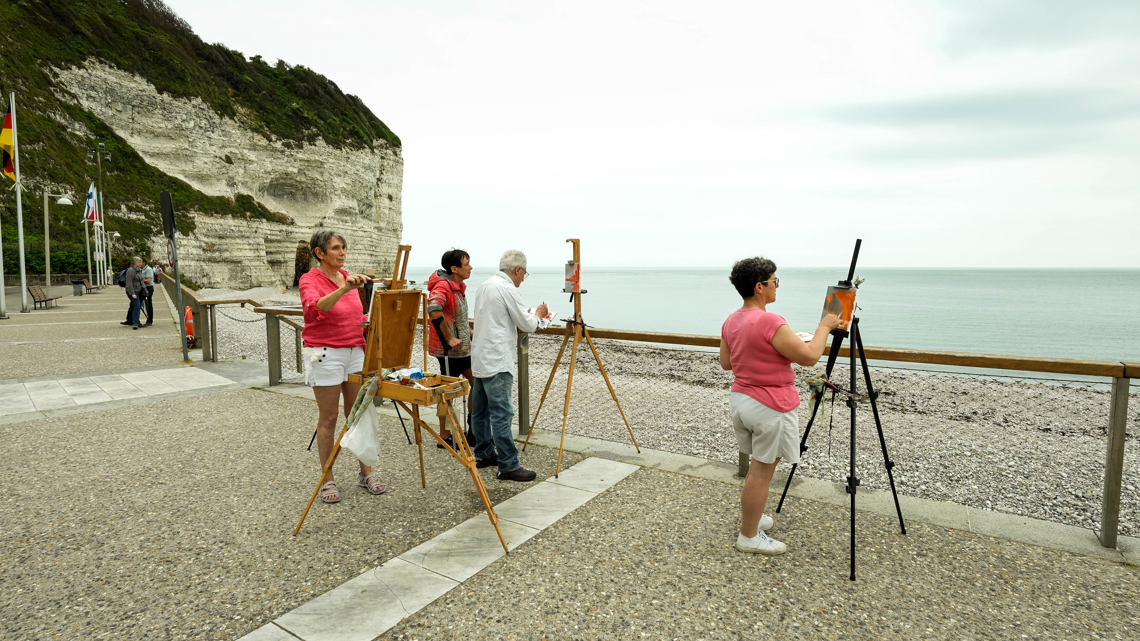
Whether they are beginners or skilled painters, Justet teaches the style that made Monet a legend.
"We don't explain colors enough in artwork. So, that's the main thing in impressionistic painting is learning how to use colors properly," Justet said.

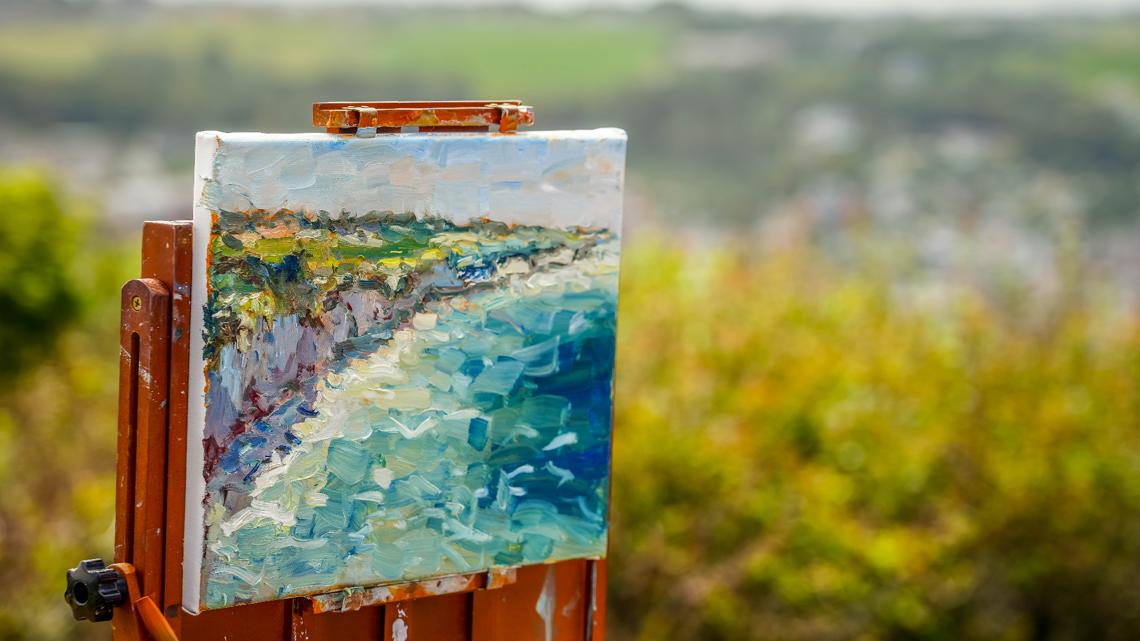
When Justet brings her brushes and paints to the cliffs or the beach, she will often paint on a pocket box.
"This small box really allows me to grasp the light very quickly. When I paint outside, I absorb the lights as quickly as possible," Justet said. "I try and capture something within the space of 10 minutes. It has to be really, really fast."
Justet then returns to her studio where she will paint the scene on a larger canvas.
The Normandy coast wasn't the only place where Claude Monet painted. Half a million visitors every year walk the grounds where Monet lived in the late 1800s.

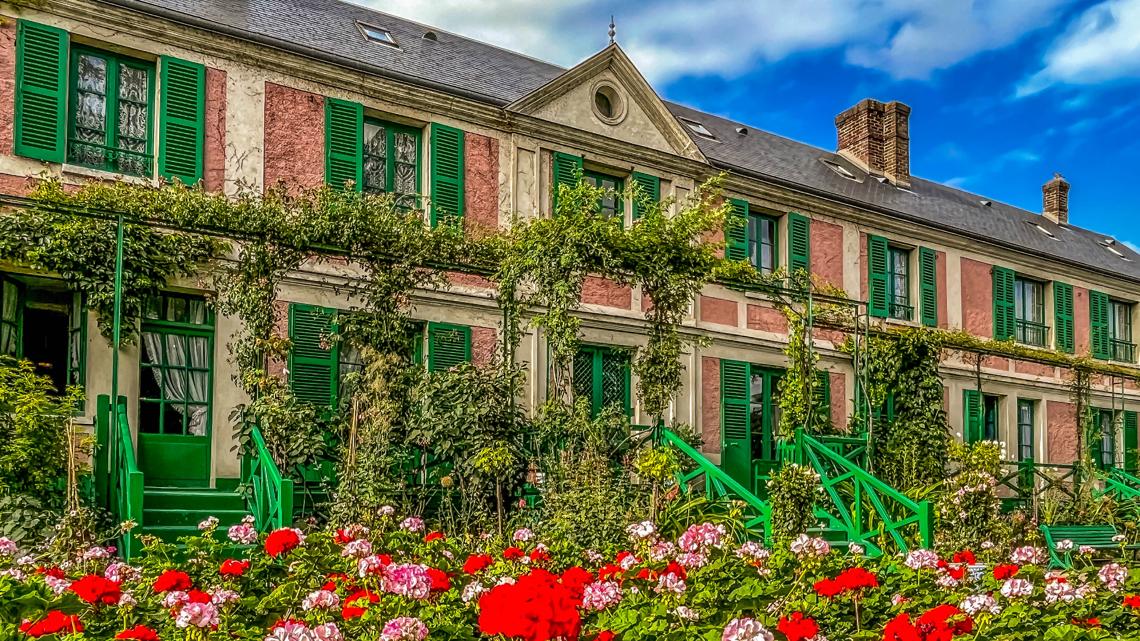
"We are at Monet's Gardens and Monet's House in Giverny," Ginevira Bertonelli said.
The gardens and a water lily pond provided artistic inspiration to the famous French painter.
"Here, you can really get how he felt. What he saw and how he created his paintings," Bertonelli said.
"When I was here today, I was like I want to paint the house, too. I really feel like I want to do it, too," Rachele Capiluppi said.

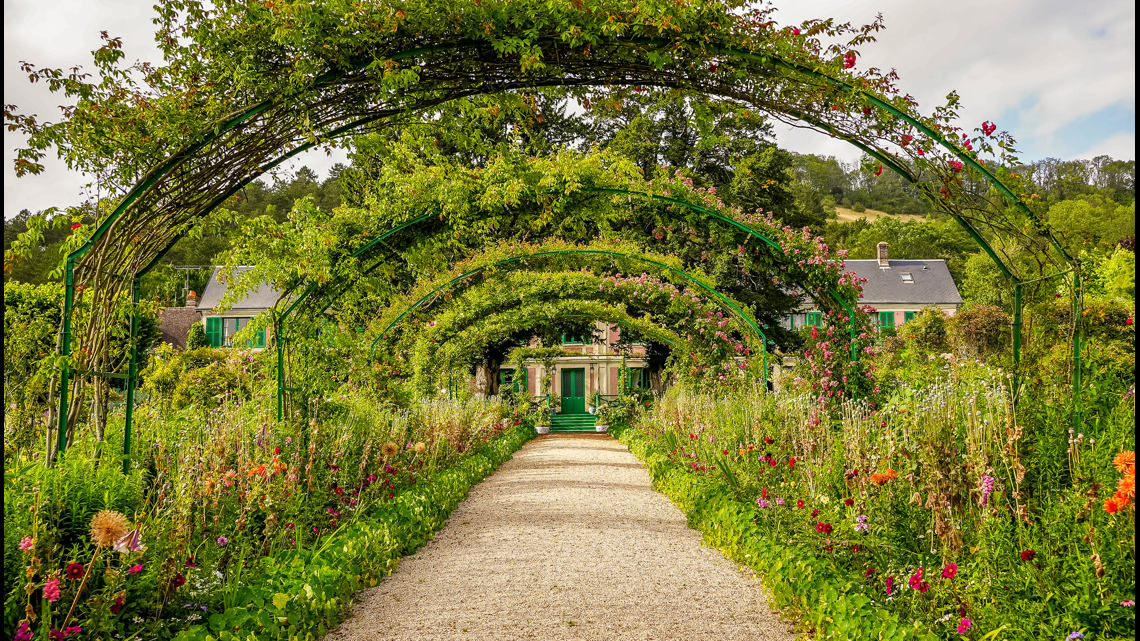
It has been nearly 100 years since Claude Monet was alive. But the beauty he saw is still thriving in the Olympic host country. It fills gardens, frames the coastline and overlooks beaches. It inspires artists of every age to spend time outside with brushes and paints, to capture the beauty on canvas.
"Noticing the light, the shadows. You have to study," Capiluppi said. "You have to have an eye can capture the moments, the shadows. It's hard. It's not something easy to do."
In France, there are new generations of art lovers continuing the tradition of Claude Monet.

